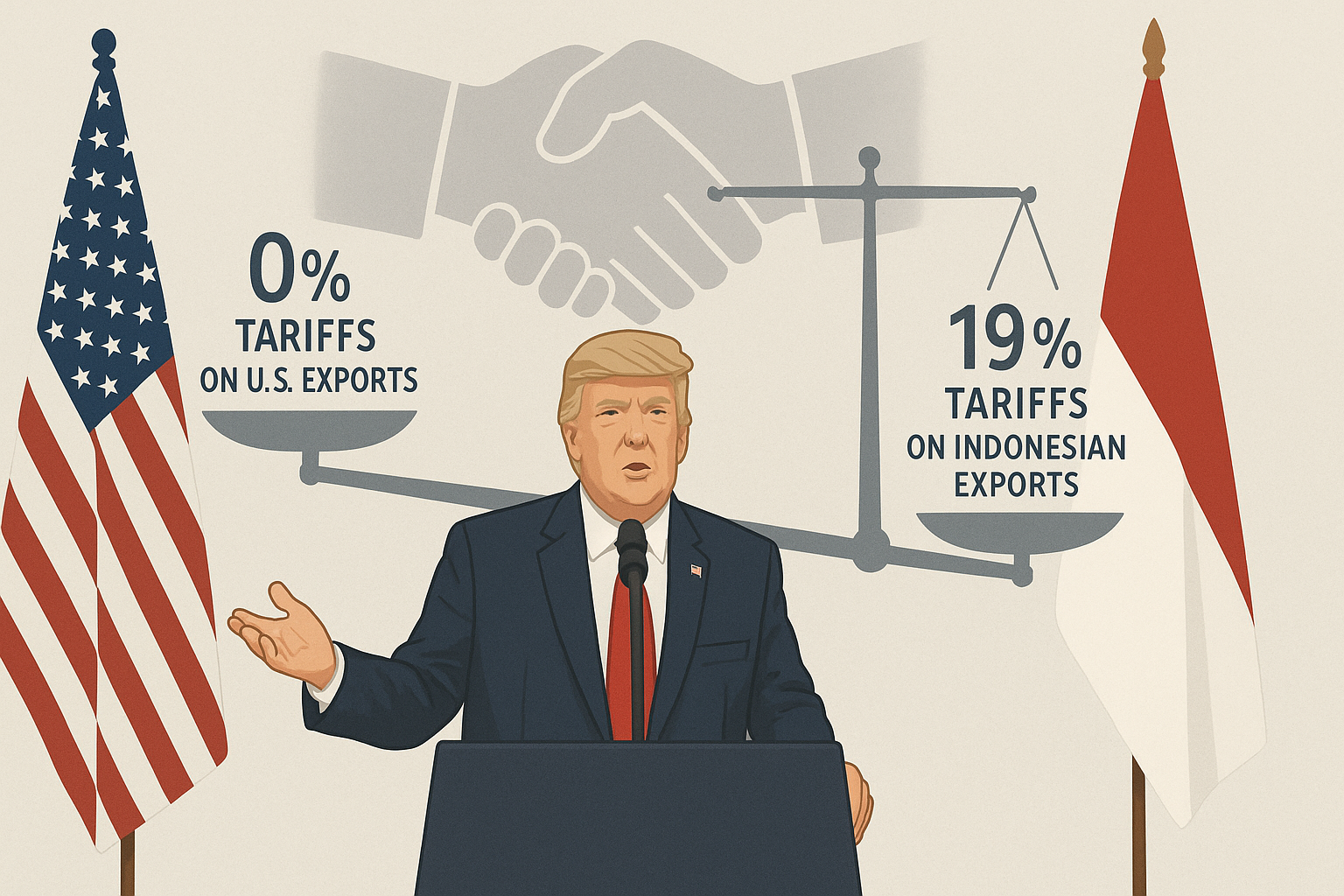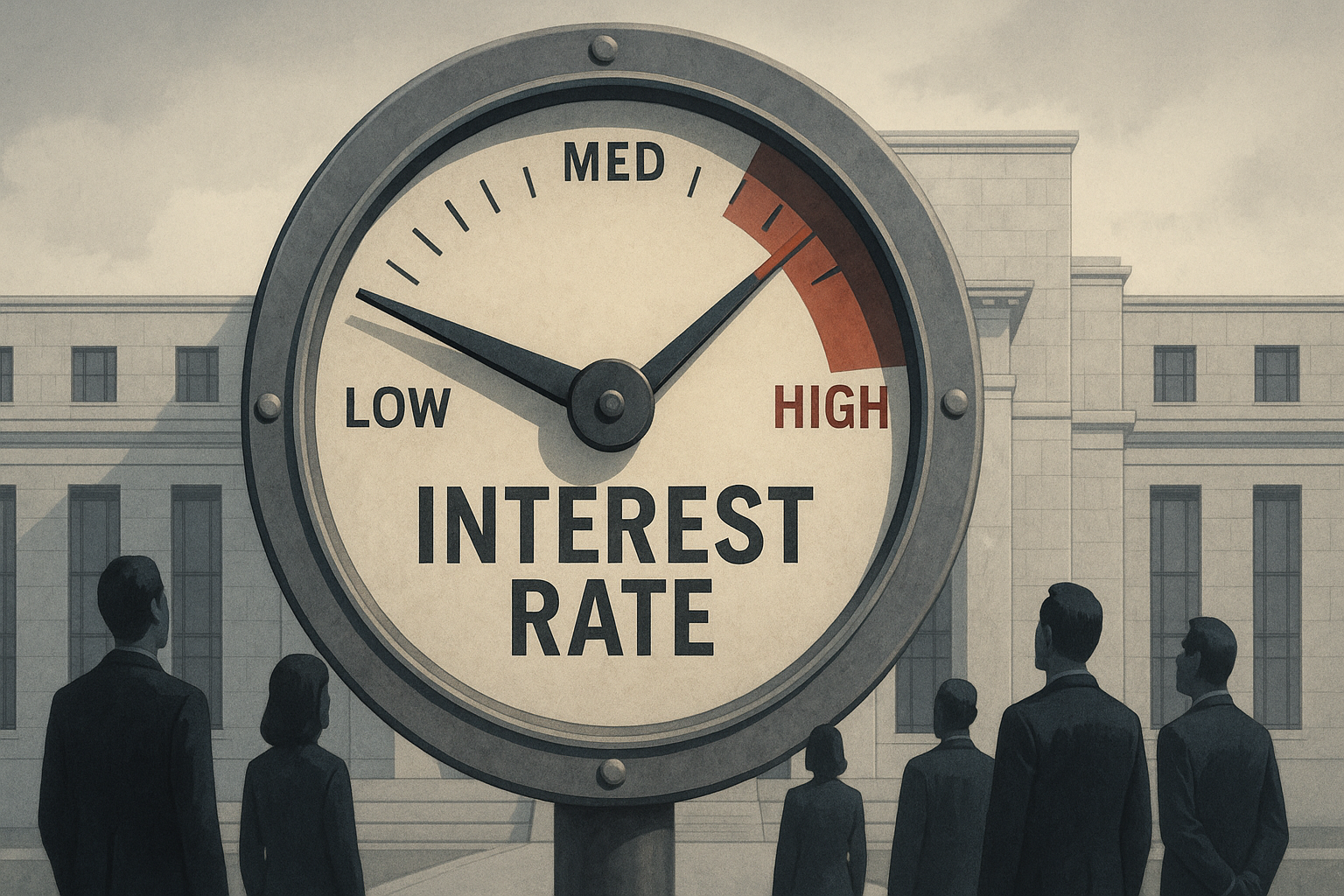The Postal Service just dropped its latest financial results, and boy, is it a mixed bag. Looking at fiscal year 2025's numbers so far, I'm seeing what amounts to a financial rollercoaster – promising climbs followed by stomach-dropping descents.
The Good News First
USPS absolutely crushed it in Q1 (October through December 2024). They posted a controllable income of $968 million – a massive turnaround from last year's $2.1 billion loss during the same period. In my experience following postal finances, election years always give them a nice bump, and this was no exception.
Some key numbers worth noting: - $144 million net income (that's actual profit, folks) - Revenue up by $885 million - They somehow cut transportation costs by $326 million (impressive in today's economy)
The Postmaster General was practically giddy in the earnings call, talking about how their "Delivering for America" plan is finally bearing fruit. I think there's some truth to that, but let's not get ahead of ourselves...
Then Came Q2
January through March 2025 was... rough. The USPS reported a net loss of $3.3 billion. Ouch.
What happened? Well, it's complicated (isn't it always?). They got hit with some non-cash adjustments related to worker compensation, and labor costs continue to rise. Even their transportation cost-cutting couldn't offset these challenges.
The Bigger Picture
This kind of volatility isn't unique to the USPS. Postal services around the world are dealing with the digital transition. Email killed the personal letter years ago, but e-commerce has been their lifeline.
As my friend who works for the postal service always says, "We're a package delivery company that happens to deliver mail now" – which pretty much sums up the transformation.
European postal services are showing similar patterns. Some are thriving by leaning heavily into e-commerce logistics, while others are struggling with the same issues as USPS.
John Doe from Postal Services International told me last week, "USPS had a great Q1, no doubt, but that Q2 loss points to deeper problems that won't be solved overnight."
I tend to agree. The USPS needs to keep innovating (they're finally modernizing their fleet!) while managing costs in a way that doesn't compromise service. It's a delicate balance, and the jury's still out on whether they can pull it off long-term.
But hey – at least they had one good quarter, right?




